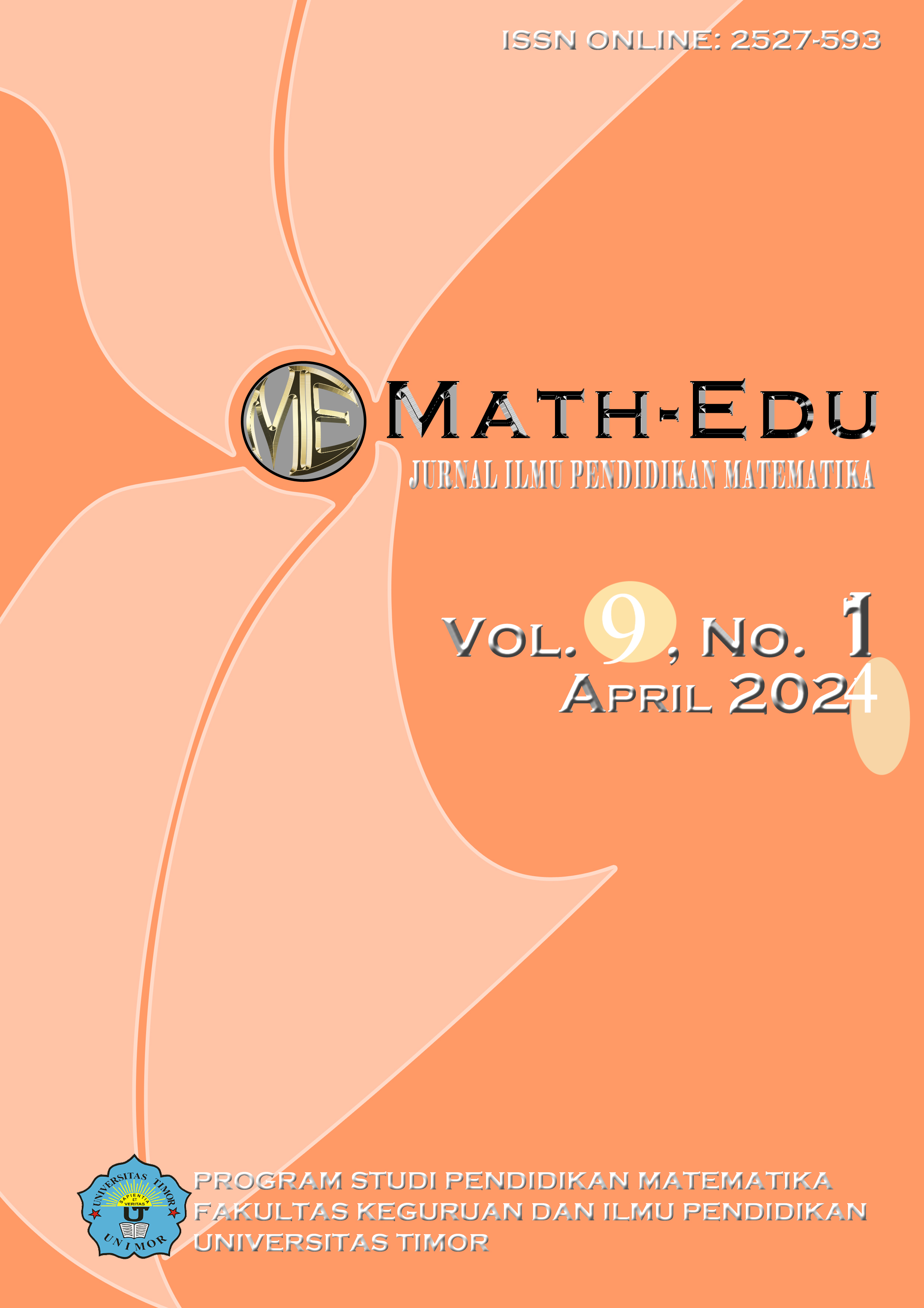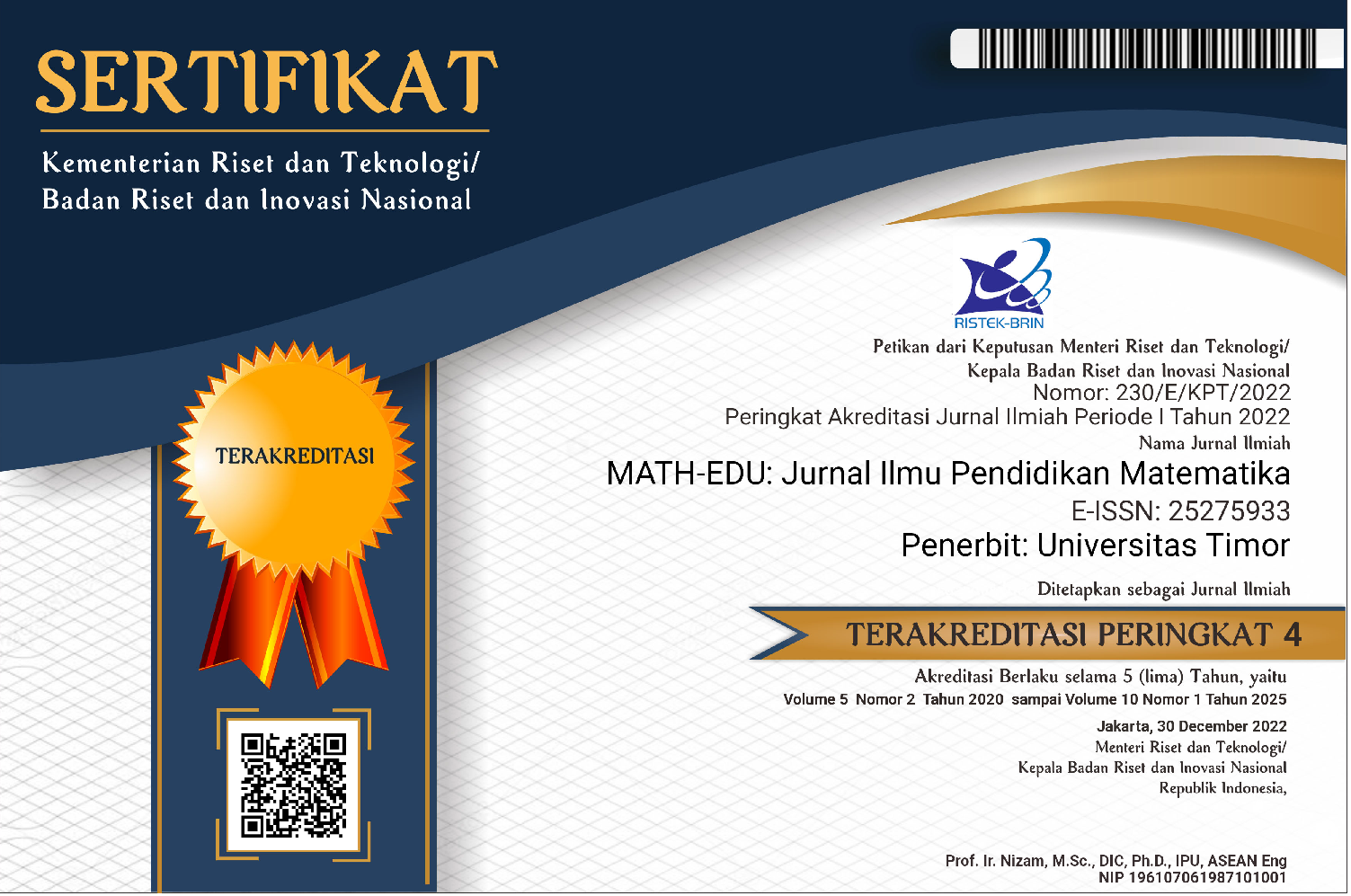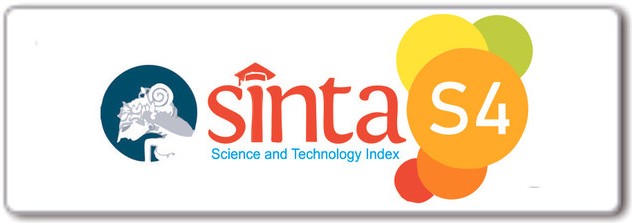Analisis Perbandingan Penyelesaian Soal Matematika Tipe Hots Materi Bangun Ruang Gabungan
DOI:
https://doi.org/10.32938/jipm.9.1.2024.352-360Keywords:
Analisis Perbandingan, Bangun Ruang Gabungan, Soal HOTSAbstract
Many students are lazy to read HOTS (Higher Order Thinking Skills) type questions which are too complicated so that they increasingly do not understand the meaning of the question and this causes the quality of education, especially in learning mathematics in Indonesia to decline. This study aims to analyze students' errors in solving HOTS type problems in mathematics on combined geometry, especially cubes and blocks. The research method that the author uses is a qualitative descriptive research method. The data collection technique used in this research is a HOTS type of math problem test for combined cube and cuboid building materials, interviews and documentation. The results obtained are a comparison of values with an average of 40.61 from SDN 5 Karanggondang and 51.9 from MI Darul Huda 2 Karanggondang. At the C2 level question, namely solving, class 5 MI Darul Huda 2 students seem superior with 88% of students answering correctly. At the C4 level, namely analyzing there is no significant difference, namely 44% of the abilities of the fifth grade students of SDN 5 and 45% of the fifth grade students' abilities of MI Darul Huda. At the C5 level, namely concluding, comparing and assessing, it shows that the percentage of MI Darul Huda 2 students in correctly answering HOTS type math problems is greater than that of SDN 5 students.
References
Dewi, T. C. (2020). Kurangnya Minat Belajar Peserta Didik yang Disebabkan oleh Penggunaan Gadget. Journal of Chemical Information and Modeling, 53(9), 1689–1699.
Fanani, A., & Kusmaharti, D. (2018). Pengembangan Pembelajaran Berbasis Hots (Higher Order Thinking Skill) di Sekolah Dasar Kelas V. Jurnal Pendidikan Dasar, 9(1), 1 - 11. Retrieved from https://journal.unj.ac.id/unj/index.php/jpd/article/view/JPD.91.01.
Fitriah, A., & Aripin, U. (2019). Analisis Kemampuan Koneksi Matematis dan Self Esteem Siswa SMA di Kabupaten Bandung Barat. Jpmi (Jurnal Pembelajaran Matematika Inovatif), 2(4), 197–208. DOI: https://doi.org/10.22460/jpmi.v2i4.p197-208.
Hariati, A., & Septiadi, D. D. (2019). Analysis of Students’ Mistakes in Solving System of Linear Equation in Three Variables: A Case on HOTS Problems. International Journal on Teaching and Learning Mathematics, 2(1), 29-38. Doi: 10.18860/ijtlm.v2i1.7616.
Rahmawati, V. A. (2021). Profil Kesalahan Siswa dalam Memecahkan Soal Higher Order Thinking Skills (Hots) Materi Sistem Persamaan Linear Dua Variabel (SPLDV). Publikasi Program Studi Pendidikan Matematika Fakultas Keguruan Dan Ilmu Pendidikan Universitas Muhammadiyah Surakarta.
Riadi, A., & Retnawati, H. (2017). Pengembangan Perangkat Pembelajaran untuk Meningkatkan HOTS pada Kompetensi Bangun Ruang Sisi Datar. PYTHAGORAS: Jurnal Pendidikan Matematika, 9(2), 126–135. DOI: https://doi.org/10.21831/pg.v9i2.9074.
Setiawati, W., Asmira, O., Ariyana, Y., Bestary, R., & Pudjiastuti, A. (2019). Buku Penilaian Berorientasi Higher Order Thinking Skills. Direktorat Jenderal Guru dan Tenaga Kependidikan Kementerian Pendidikan dan Kebudayaan, Jakarta.
Tanudjaya, C. P., & Doorman, M. (2020). Examining Higher Order Thinking in Indonesian Lower Secondary Mathematics Classrooms. Journal on Mathematics Education, 11(2), 277–300. doi:10.22342/jme.11.2.11000.277-300.
Tanujaya, B., & Mumu, J. (2020). Students’ Misconception of HOTS Problems in Teaching and Learning of Mathematics. Journal of Physics: Conference Series, 1657(1), 1–6. doi: 10.1088/1742-6596/1657/1/012081.
Yuliati, S. R., & Lestari, I. (2018). Higher-Order Thinking Skills (Hots) Analysis of Students in Solving Hots Question in Higher Education. Perspektif Ilmu Pendidikan, 32(2), 181–188. doi:10.21009/pip.322.10.
Downloads
Published
How to Cite
Issue
Section
License
Copyright (c) 2024 Ahmat Wakit, Ummi Awwaliyah Af’idatul Hasanah, Istiqomah Istiqomah

This work is licensed under a Creative Commons Attribution 4.0 International License.













